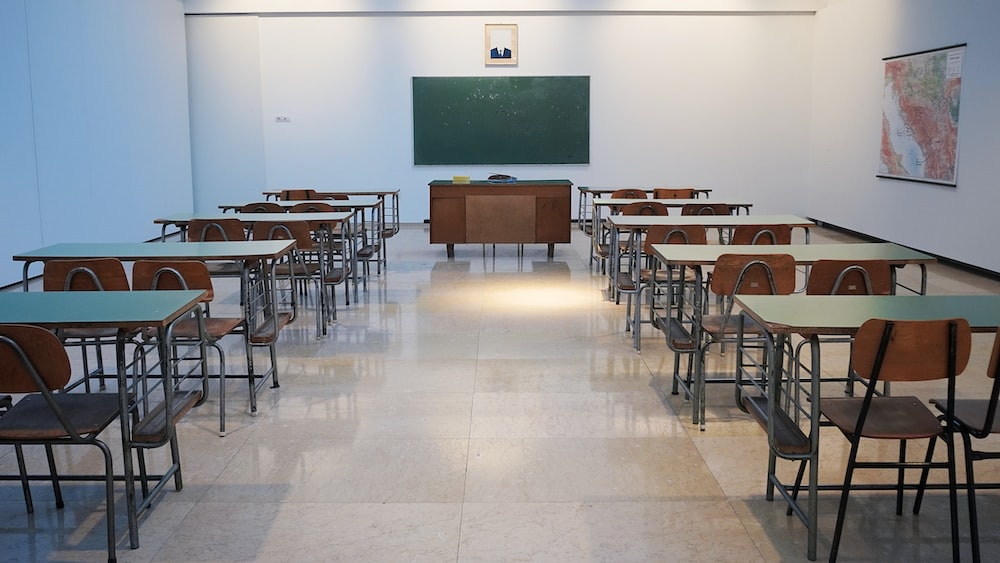Parents want the best of everything for his or her kids, but when it comes to education, sometimes it is hard to know how to make that happen. Private school? Public school? Charter school? What is the difference and which can provide the most effective chance for our individual children, as well as for the strength of our economy and our country ایران آموزشگاه بانک اطلاعات مراکز خدماتی.
Though it appears a given that a sturdy public education system is part of the American way, it wasn’t until 1918 that all American kids were required to attend at least elementary school. Prior to that, and despite the fact that Thomas Jefferson had argued that the newly independent nation required an academic system, suggesting that tax dollars be used to fund it, the thought for a public school system wasn’t realized for nearly a century.
As public schooling, and of course taxation for education, proliferated, obvious questions arose. What IS the government’s role in educating the populace? Who is to receive the education funded by the public? How is quality to be measured and ensured?
Even in its early stages, public schooling was only available to those that could afford it. A sort of hybrid of public and private, schools were open solely to landowners who could pay for their kids to attend. Considered public faculties because they were government run, not religious establishments, they still excluded those that were too poor.
Private school applies to anything from a personal instructor employed to teach youngsters in their house, to a variety of institutions with their own curriculums. The common thread is that parents opt for the school, pay tuition, and abide by its rules and regulations. Often those rules include school uniforms and compliance to other codes of conduct. Students may be expelled for violations.
Since problems of social inequality arise with Private schools and education of only the rich, a solution of vouchers, paid by the government to assist poorer families to pay private tuition, has been offered. Some may find it surprising that some of the concepts debated today have extremely early foundations.
School choice, or the concept of vouchers to assist in obtaining private school attendance, was introduced as early as 1778, by Adam Smith, who proposed that the government give parents money to get teachers for their kids, as a result of parents are in the most effective position to judge their own children’s needs. In 1798, Thomas Paine agreed with Smith, advocating money for poor families to educate their kids.
These founders might not have known it, but they were the genesis of the voucher movement. But, there are a number of objections to the voucher program.
The primary complaint is the very fact that several private schools are also religious establishments, and by an interpretation of the separation of church and state, government vouchers to attend those religious schools would be tantamount to the government funding that faith. As early as 1875, President Ulysses S.
Grant promised that “Encourage free schools and resolve that not one dollar of the cash appropriated to their support shall be appropriated to the support of any sectarian school; that neither the state or nation, not both combined, shall support institutions of learning other than those sufficient to afford to each child within the land the chance of a good common-school education, unmixed with sectarian, pagan, or atheistic dogma.”
In 1970 & 1971, respectively, vouchers were both approved and ruled by the Supreme Court to be unconstitutional if used for religious schools. Several states currently have voucher programs, whereas as early as 2000, voters in California and Michigan rejected voucher initiatives at the polls. Mired in controversy, vouchers are clearly not THE answer parents are trying for.
While several individuals think that Charters are Private schools, they are, after all Public Schools. Throughout the 70’s, innovative district schools were founded in Chicago, New York, Philadelphia, Minneapolis and St. Paul.
These faculties rejected the notion that “one size fits all” and sought to form distinctive schools that give choices to parents and students. In the Nineteen Eighties, Minnesota allowed public funds and looser administrative requirements for brand new schools, laying groundwork for the first official Charter School legislation in 1991.
“Charter Schools are distinct legal entities. They’re public schools that are financed by public funds but are governed by their own specific charter and not by the regular public school rules. State Legislatures enact charter school enabling legislation and determine the framework for charter approval.
New schools may be created or converted from existing public schools under the direction of educators, parents, community members or private concerns.”
Charter schools are, thus, not an indictment on public schools, but really a natural outgrowth of the public school system. It’s not a question of charter school vs. public school – they are two sides of the same coin. Charter schools supply parents options and choice among the framework of the system.
They’re public schools that operate under the same testing requirements, are funded publicly, and have open and equal, tuition-free enrollment, just like a neighborhood public school.The distinction is that every charter school has its own mission, or “charter” within the community it serves.
